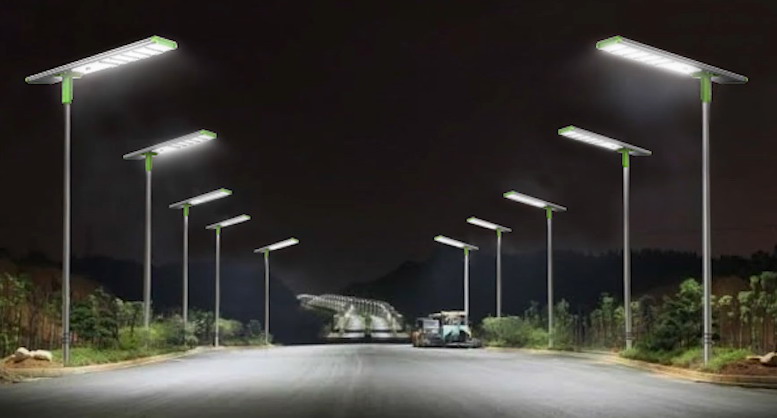Installing solar street lights requires careful planning and attention to detail to ensure their proper functioning and longevity.
- Site Assessment:
- Conduct a thorough site assessment to determine the best locations for installing the solar street lights. Consider factors such as sunlight exposure, shading, and the intended purpose of the lights.
- Local Regulations and Permits:
- Check with local authorities and obtain any necessary permits or approvals for the installation of solar street lights. Comply with building codes, zoning regulations, and any other relevant regulations.
- Solar Panel Placement:
- Position the solar panels to receive maximum sunlight throughout the day. Ensure that there are no obstructions like tall trees or buildings that could shade the panels.
- Mounting Structures:
- Use appropriate and sturdy mounting structures to secure the solar panels and street light fixtures. Ensure that the mounting is stable and can withstand wind, rain, and other environmental factors.
- Battery Location:
- Install the batteries in a well-ventilated and protected enclosure. Ensure that the battery location is easily accessible for maintenance and inspection.
- Fixture Placement:
- Carefully position the street light fixtures to achieve the desired lighting coverage while minimizing light pollution. Consider the height and angle of the fixtures for optimal illumination.
- Wiring and Electrical Connections:
- Use high-quality, weather-resistant wiring and connectors for all electrical connections. Follow safety standards and guidelines to prevent electrical hazards.
- Connect the solar panels, batteries, charge controller, and street light fixtures according to the manufacturer’s instructions.
- Charge Controller:
- Install a charge controller to regulate the charging and discharging of the batteries. The charge controller prevents overcharging and over-discharging, which can extend the battery’s lifespan.
- Dusk-to-Dawn Sensor:
- Many solar street lights are equipped with dusk-to-dawn sensors that automatically turn the lights on at dusk and off at dawn. Ensure the sensors are correctly positioned and functioning.
- Proper Grounding:
- Ground the solar street light system and any metal components to prevent electrical shock hazards and protect against lightning strikes.
- Testing and Commissioning:
- After installation, thoroughly test the solar street lights to ensure they are working correctly. Test the charging and lighting functions, and verify that all components are operational.
- Maintenance Plan:
- Develop a maintenance plan that includes regular inspections, cleaning of solar panels, and battery checks.
- Safety Precautions:
- Prioritize safety throughout the installation process. Use appropriate personal protective equipment (PPE) and follow safety guidelines to prevent accidents and injuries.
- Community Awareness:
- Inform the local community or relevant stakeholders about the installation of solar street lights to promote awareness and prevent vandalism or tampering.
By following these guidelines and best practices, you can ensure the successful installation and reliable operation of solar street lights, providing efficient and sustainable outdoor lighting solutions.


